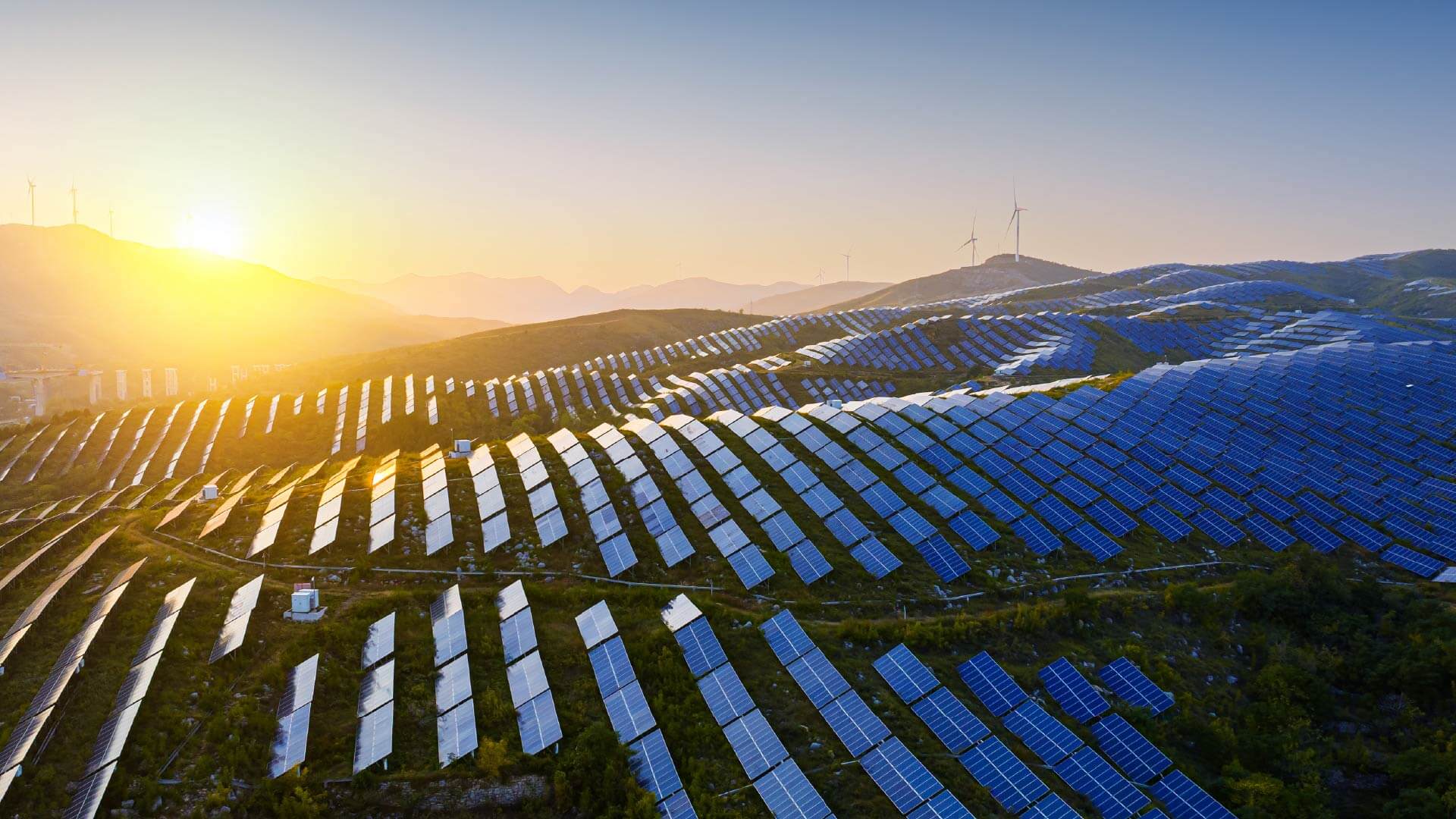Market Overview: The Future Of Voluntary Carbon Markets
Access this research
Access all Corporate Energy Leaders content with a strategic subscription or buy this single report
Need help or have a question about this report? Contact us for assistance
Executive Summary
The voluntary carbon market has become re-energized in recent years, as ESG climbs to the top of the corporate agenda. Historically, the market was limited in size and undermined by a lack of confidence in the suitability of voluntary credits as a mechanism for decarbonization. Agreement on Article 6 at COP26 in 2021 has reawakened the market, with the value topping $1 billion in 2021. This report charts the development of the voluntary carbon market, examines the impact of Article 6 and identifies key corporate trends that will shape the market in the years to come. Executives should use this report to inform decarbonization strategies and better understand the current and future path of the voluntary carbon market.Voluntary Carbon Markets Historically Failed To Gain Critical Mass
Self-Regulation Enabled Creativity
Uncertainty Has Inhibited The Scalability Of Voluntary Carbon Markets
New Market Drivers Have Dramatically Increased The Price Of Voluntary Credits
COP26 Agreement On Article 6 Points Carbon Markets In A New Direction
Article 6.4 Is A New Mechanism For Mitigation And Sustainable Development
Article 6.2 Creates A Cooperative Carbon Accounting Methodology
Voluntary Market Participants Have Reacted Positively With Innovation And Investment
Market Infrastructure Will Get A Makeover As Larger Players Move In
Carbon Credit Trading Platforms Bring Price Transparency And Lower Cost Transactions
Technology Solutions To Enhance Transparency And Trust In Carbon Credit Projects
Carbon Credits Are Becoming Integrated Into Carbon Management Financial Decisions
Net Zero And Energy Transition Strategies Will Determine The Shape Of Future Demand
Consumer Industries Signal Mixed Demand For Carbon Credits To Meet Different Purposes
Financial Institutions Launch A Variety Of Carbon Credit Strategies
Emissions-Intensive Sectors Indicate Intention To Buy Large Volumes Of Credits
Figure 2. Carbon Credit Types
Figure 3. Voluntary Carbon Credit Life Cycle And Purchase Options
Figure 4. Carbon Credit Purchase Case Studies
About the Authors

Connor Taylor
Principal Analyst
Connor is a Principal Analyst at Verdantix. He focuses on delivering research to help senior executives navigate decarbonization decision-making and build effective strategies...
View Profile.png?sfvrsn=db470322_1)
Alessandra Leggieri
Senior Analyst
Alessandra is a Senior Analyst at Verdantix, specializing in carbon management and software for product carbon footprints. Her research spans over 100 vendors in the carbon ma...
View Profile
Kim Knickle
Research Director
Kim Knickle is a Research Director at Verdantix, bringing more than two decades of analyst experience to the evolving world of sustainability. Her current research spans ESG a...
View Profile









